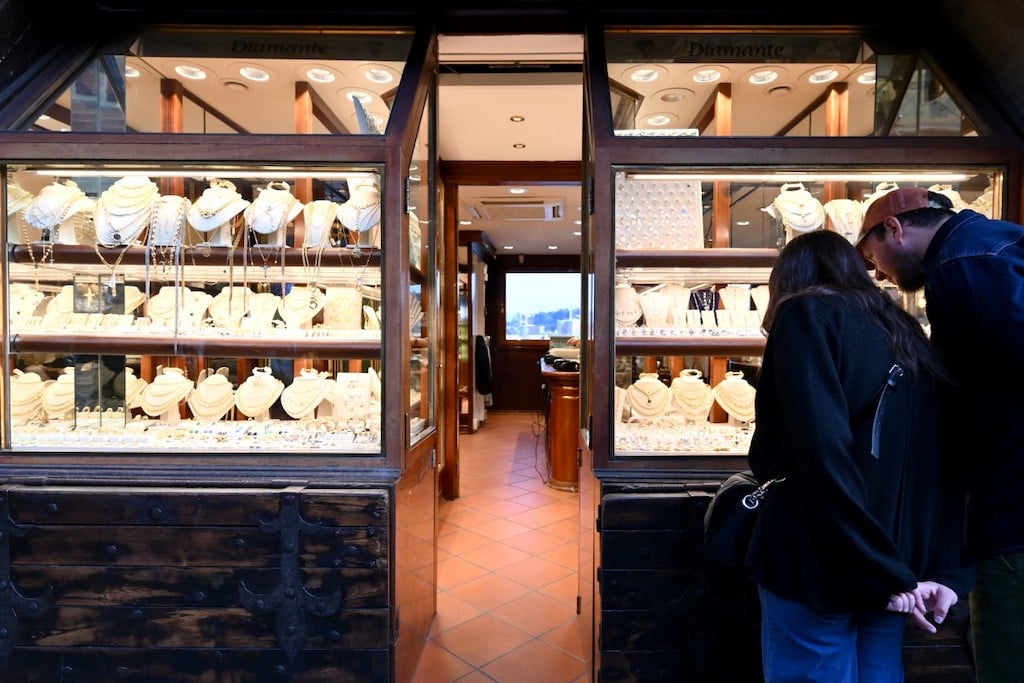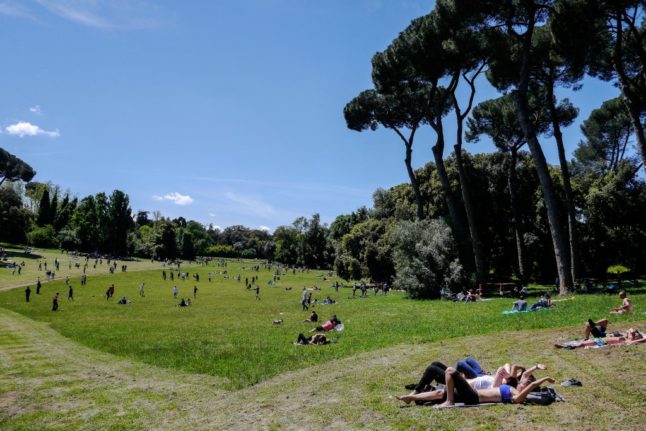Florence, like Venice, is grappling with the effects of overtourism, with rent now costing 84 percent of the average person’s income, according to Mayor Dario Nardella.
Residential rents in the city increased by 42 percent between 2016 and 2023, while official figures show that the number of Airbnb listings more than doubled from 6,000 to 15,000 over the same period.
Just this week, artisans who’d been based in the city for generations reported being kicked out of their workshops in the historic centre to make way for hotels.
In January, Cecilie Hollberg, the German director of Florence’s Accademia Gallery, got into hot water for calling Florence a tourist ‘prostitute’, and was forced to apologise.
But many of The Local’s readers leapt to her defence, saying that while Hollberg’s language may have been crude, she was correct in her diagnosis.
“Over the years I’ve seen the tourist crowds get thicker and thicker, to the point that it’s hard to get around il Duomo or any of the other historic places,” said Ron Melé.
“I agree with the director but wonder how you can limit the numbers,” said Cheryl F.
READ ALSO: Has Florence really been ‘crushed’ by mass tourism?
So what exactly is being done to rescue Florence from its own popularity?
In a major step forward last October, Florence’s centre-left city council passed a landmark resolution that would ban new holiday rentals, following in the footsteps of Sud Tyrol’s Bolzano.
The measure was due to receive final approval within two months, but the vote was reportedly pushed back to the start of this year. Since then there have been little in the way of updates, indicating that the ban has yet to come into force.

In December, a petition brought by a group of holiday rental operators to suspend the resolution was denied; a regional court is set to hear an appeal in May, which Nardella has vowed to fight.
In more of a carrot-driven approach, Deputy Mayor Alessia Bettini this week told news agency AFP that the city had launched a campaign to lure visitors away from Florence’s packed city centre.
“People are increasingly looking for ‘experience-based itineraries’, so we have to promote… other points of historical, artistic, naturalistic and gastronomic interest,” she said.
READ ALSO: Why Italy needs a national plan for sustainable tourism – before it’s too late
Bettini appears to be referring to a project started in early 2022 – ironically, in partnership with Airbnb, who many residents consider to be the architect of their woes – to promote tourism experiences outside of the city.
And Florence’s official tourism website does suggest itineraries and experiences that are off the beaten track.
The problem with these kinds of initiatives is that they require visitors to actively search for and prioritise such experiences – not something that the average tourist who has budgeted two to three days to see Florence’s biggest hits is likely to do.
Elsewhere, Venice is currently trialling a ‘tourist tax’ to be imposed on day-trippers visiting the city centre on certain days in 2024. But such a system would be near impossible to implement in landlocked Florence, and critics have dismissed the plans as little more than window dressing.
A “memorandum of understanding for the sharing of good practices” on tourism, signed by tourism councillors for Florence, Venice, Milan, Naples and Rome back in November, has lofty ambitions, but is thin on details.
As things stand, Florence’s holiday rental ban looks set to be the most powerful tool in the city’s battle against overtourism – if it manages to fight off opposition from local right-wing politicians from the ruling coalition government.



 Please whitelist us to continue reading.
Please whitelist us to continue reading.
In September I spent my fourth visit to Florence. The third had been just 4 years before. The difference was horrendous: huge queues everywhere now and entrance fees for just about everything. Yes, Florence has “prostituted” herself. I wish I had appreciated it more on my first visit in 1969 (when, ironically, the streets were full of prostitutes.